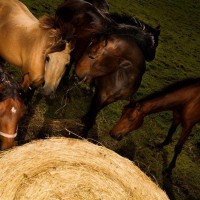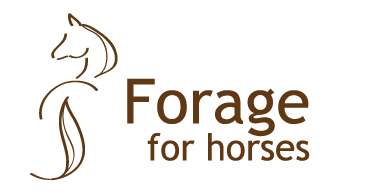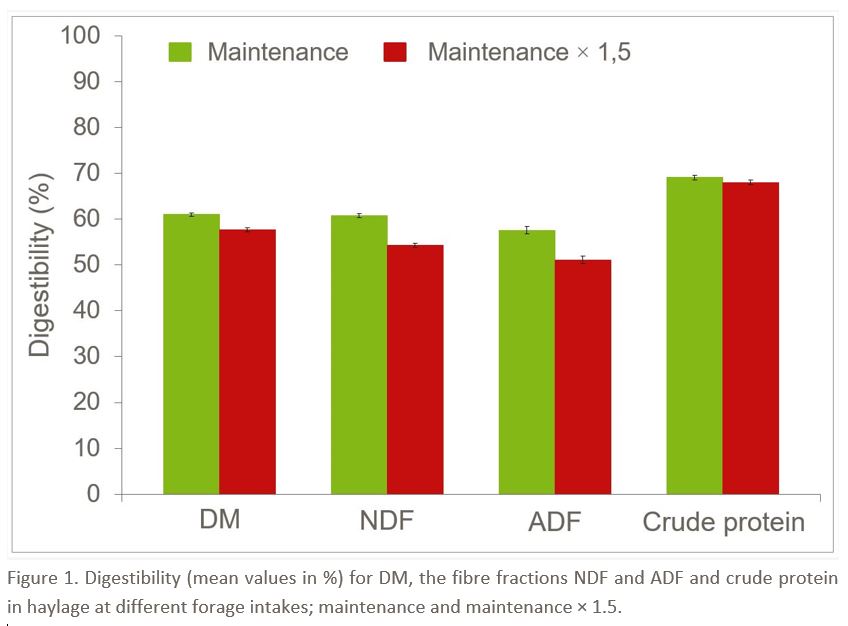Horses are fantastic hindgut fermenters

This study compared different forage intakes using sedentary horses. Eight adult Icelandic horses were used and all horses were tested on forage intake of haylage for maintenance requirements and forage intake of haylage for maintenance requirements × 1.5. The forage was an early harvested grass haylage.
The results show how digestibility for dry matter (DM), the fibre fractions NDF and ADF decreases when the horses are fed the higher forage intake, maintenance × 1.5 (Figure 1). The differences were 3.3% for DM, 6.5% for the fibre fraction NDF and 6.5% for the fibre fraction ADF. There was no significant decrease in digestibility of crude protein.
A difference in digestibility of 3.3% for DM is small, compare for example with the difference in digestibility of DM that was 26% between an early and a late harvest, and the largest difference in digestibility of crude protein was 45% between different harvest dates. The comparison between hay and silage harvested on the same day from the same ley resulted in 2% difference in digestibility of DM. The single factor having the greatest impact on forage digestibility is harvest date, e.g. the botanical growth stage.
However, the differences in digestibility that we can see in this study depend on the forage intake, how much forage the horses ate per day. That digestibility decreases when forage intake increases is because the passage rate increases, e.g. the forage pass more quickly through the gastrointestinal tract and there is less time for the digestive process. Since it was the digestibility of the fibre fractions that decreased the most, 6.5%, this indicates that it was the fibre degrading bacteria in the caecum and colon that had less time to colonize and degrade the forage fibre fraction.
These results are not something that has to be included when calculating the horse’s diet; as usual you start with the horse’s requirements and your forage analysis. The horse’s behavioural need for eating during a longer period of time is as important as the horse’s nutritional requirements.
However, these results show what a fantastic hindgut fermenter the horse is! Horses can increase the forage passage rate through the gastrointestinal tract and survive on poor pasture. By increasing the passage rate they can eat much more and compensate for the lower energy content. Ruminants cannot do this, their rumen becomes full and they starve.
Just because horses have this ability it does not mean they should have forage of low nutritional quality. Studies of free ranging horses have shown that when access to pasture is good horses graze more selectively; they choose the grass with high nutritional quality. On poorer pasture they graze more indiscriminately. That horses can sort out the most nutritious grass has also been shown in a study with trotters in training. Both the forage ration and the forage refusals that the horses left were analysed for their energy content; the forage refusals had lower energy content than the forage ration. This shows that from a ration of grass haylage the horses managed to sort out the most nutritious and leave the poorest grass.
When choosing forage for your horse the best thing to do is to look at the horse’s energy and protein needs and the mental need for eating during a longer period of time and match this with forage that can fill the whole or the greatest part of the horse’s diet.
Sara Muhonen, AgrD

